In 1994, Matthew Dix and his wife Rebecca Miller bought six acres on North Road in Chilmark and founded North Tabor Farm. Now with 24 years of farming under their belts, both have enough experience to know to pace themselves. So at 7 a.m. on a sunny late spring morning they are not in a rush. Matthew will get what he can get done before he goes to his “real job” as Farm Hub director at the Island Grown Initiative. Later when he gets home, he will return to the needs of North Tabor Farm.
First on the morning agenda: the large gray goose is upset.
Matthew explains. “Lucy has just lost her partner Allen, he got caught in one of our fence wires, and now she is out of sorts and taking it out on Rebecca,” he says.
The goose snaps at Rebecca’s green rain boots. Matthew scoops the bird up by the wings and tells her to settle down. Her squawks draw the attention of the farm dogs Doodle and Dulce, who come barreling over to join in on whatever is happening.
Farm assistant Leaf Gerchberg walks by lugging a bucket of chicken feed on his way to feed the farm’s 150 chickens. Matthew and Rebecca stand in the farmyard between the horse barn and main barn and consult on the morning’s activities. Matthew needs to fix and set up some irrigation in a field near the house. Rebecca needs to plant rows of flowers on the five-acre parcel they lease from their neighbors. Their oldest daughter Sadie will help Leaf and Rebecca.
Rebecca used to manage the farm but now spends much of her time at the Martha’s Vineyard Community Horse Center. Their 19-year-old daughter Ruby will be home from Bennington College in a few days to be this summer’s farm crew leader. Sadie, who is 21 and just graduated from the University of Rochester, is home to help out for the summer too, along with waitressing at Détente. The youngest child, Joshua, who is 15, will work at Menemsha Texaco.
“Probably best for everyone to not have all three kids here working together all the time,” he smiles.
Matthew lugs a spool of irrigation tubing over to the field and grabs a blowtorch. Rebecca calls across the field; she needs a hand to set and load the rolling dibbler onto the farm truck. A long rolling pin with spikes in it, the dibbler is dragged across a planting bed to punch even holes in the ground.
Dibbler secured, Leaf, Rebecca and Sadie drive to the field while Matthew follows on foot. Along the way he points out the farm’s three greenhouses and the peonies. He says they will get 100 meat chickens in the late summer, and that they plant about 2,000 feet of greens a week, four rows at a time. He stops to inspect the dirt.
“That soil has much more clay in it than this does,” he says pointing to a row about 20 feet away. “Farming is an extraction business. We take so much from the soil that we have to think about ways to put stuff back in. That’s why we have the chickens roaming around here all winter. And that’s why I want people to graze their sheep and chickens at the Farm Hub. The more biodiversity, the better.”
On the way back to the other side of the farm, he points out an unfinished bridge that hovers over a small stream. He started building it 24 years ago.
“We used to hand cut all the greens from that field with scissors, load the greens into totes and walk from that field back over this partial bridge to our farm where we would hand wash everything, spin it dry and then bag it,” he says. “It was insane. Now we have a machine that cuts the greens. We can do in one hour what used to take several people four hours.”
An hour later, irrigation is set up for newly planted zucchini, cucumbers and broccoli. And Matthew heads off to work at Thimble Farm. He started working for Island Grown Initiative in January of this year. Before that he worked for the land bank for 27 years.
“It was the first and only other job I’ve had here on the Island,” he says. “I mean other than the farm.”

Matthew moved to Martha’s Vineyard with Rebecca in 1990. They met in Seattle when he used her driveway as off-street parking for the 1967 VW van he was living in.
“I had been living out West for about a year and Rebecca wanted to come back East,” he recalls. “She came here to the Island as a child. Her family used to rent a house on Chilmark Pond. But what really got me back East was my dad calling from Vermont and asking me to come home so my brother could take a vacation.”
Matthew is one of four siblings and grew up in Plainfield, Vt. His father had a trash collecting company, logged, and ran a dairy farm. His mother was a homemaker and kept the books for the family’s business.
“So I came home to help out and then Rebecca and I found a gig on the Island,” he continues. “Our first summer here we took care of a 160-acre property on the West Tisbury Great Pond. It was mid-July when we got here. The people were away. The home had chickens and a garden that had already been planted. And there was the pond and the ocean. It was unbelievable. We didn’t want to leave.”
That summer, Matthew began working for the land bank, and soon they bought a house in Vineyard Haven for $80,000. Through his work with the land bank he heard about the possibility of an affordable housing lot on North Road that had the potential to be farmed. Matthew and Rebecca worked with the town of Chilmark for more than a year to create a farm parcel without any promise that it would end up in their hands. But as luck would have it, their plan was the one the town embraced.
Matthew pushes back one of the greenhouse doors at Thimble Farm to let some fresh air in.
“I am excited about this,” he says looking out at one of the old strawberry fields behind the greenhouse. “I think part of why they hired me is because I am an outside guy. I am charged with figuring out what to do with the 30 acres of tillable land around this 30,000-square-foot greenhouse. Keith Zaltzberg of the Regenerative Design Group just came and talked to us about their work. For years we have been using the word sustainability, but that is just a flat line. There’s no growth. Another buzzword in the farming community has been resilient, but that implies recovery. Regenerative means improvement, growth. That is cool. That is what we are looking to do here.”
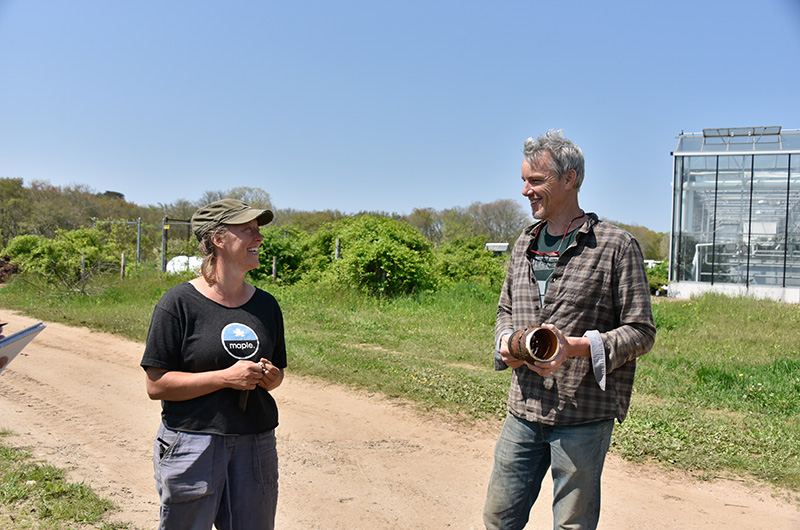
He outlines the many IGI programs: Island Grown Schools, gleaning, food access, the mobile processing unit, the mobile market, the greenhouse, maggots (don’t ask), the seed library, community gardens, leasing land to local farmers. He lists some of the people he is excited to be partnering with: Rusty Gordon, Noli Hoye, Jefferson Munroe, Andrew Woodruff, Sophie Abrams, and Glenn Roberts and Kay Rentschler of Anson Mills.
He walks to a corner of the IGI property where Olivia Rabbitt is weeding. She is working on a 2.3-acre terraced orchard Kevin Brennan designed and planted as part of a Vineyard Vision Fellowship. Rather than just planting trees, Kevin Brennan aimed to create a symphony of plants that play well together and support nature at large, Matthew explains.
“It’s ambitious,” he admits. “But we are in the early stages. So much of farming is trial and error.”
He heads to his blue tractor to set up a few new beds. “The only drawback with this job is that we don’t have the same equipment budget as we did with the land bank,” he says. “This is North Tabor’s tractor and row builder. I drive it back and forth about once a week.”
As he gets into his rig, Zephir Plume finds him. She wants to know if the well pump has been fixed. Zephir and CC farm for Danielle Dominick, owner of the Scottish Bakehouse.
“Zephir is here growing so much produce for the Scottish Bakehouse,” Matthew says. “You would never know that so much of what Danielle serves is grown just few miles away. Danielle doesn’t advertise it. I’m sure she takes a hit, but it must work financially for her to work with us.”
They both get to work. After laying down a few rows, he says hello to land bank goat farmers Caitlin Krol and Jason Danielson, who have recently leased a quarter acre from IGI.
Back in the greenhouse, Matthew checks on the trout that nourish the hybrid aquaponic/hydroponic plant system, eats a strawberry or two, opens a few more windows and doors. It’s the first significantly warm day of spring and the greenhouse is heating up.
“This greenhouse was designed in Holland. Obviously, it’s a different climate there. We have these blackout shades, but if you close them, then the plants don’t have any light. I’ve applied for a grant for better shades . . . There are so many pieces to this Farm Hub puzzle. What is going to work?”
He shrugs the question off for the moment and finds greenhouse manager Taz Armstrong. They chat for a few minutes about volunteers and planting schedules. He then finds Mark DeFeo hanging out near his office. Mark grazes a few sheep at the Farm Hub and has come by to discuss beehive equipment Mark’s wife Melinda brought back for Matthew from off-Island.
“How things are going up at North Tabor?” Mark asks.
Matthew sighs. “Oh, we’re behind.”
But as he says it, you get the sense that he’s really ahead.

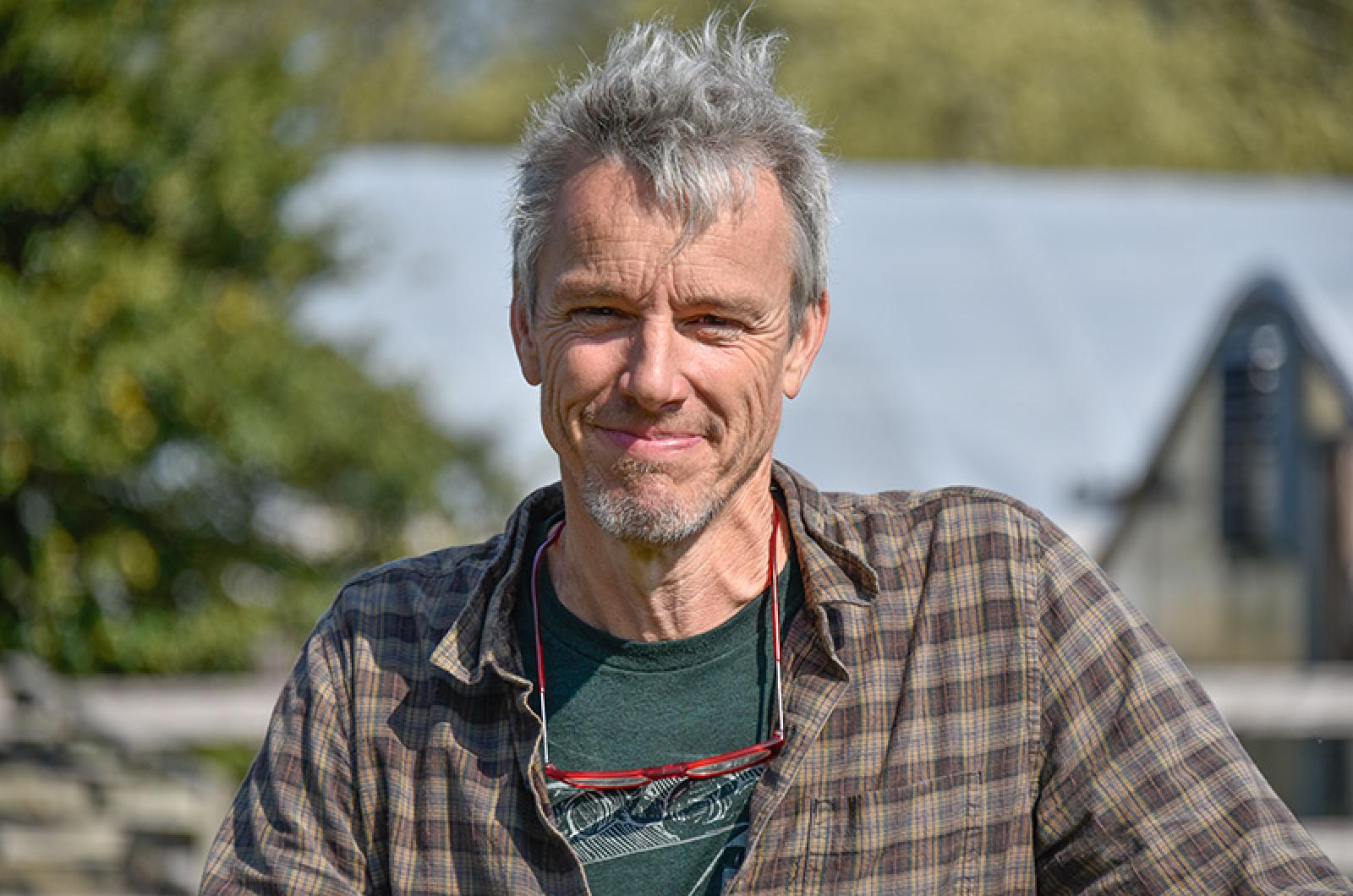
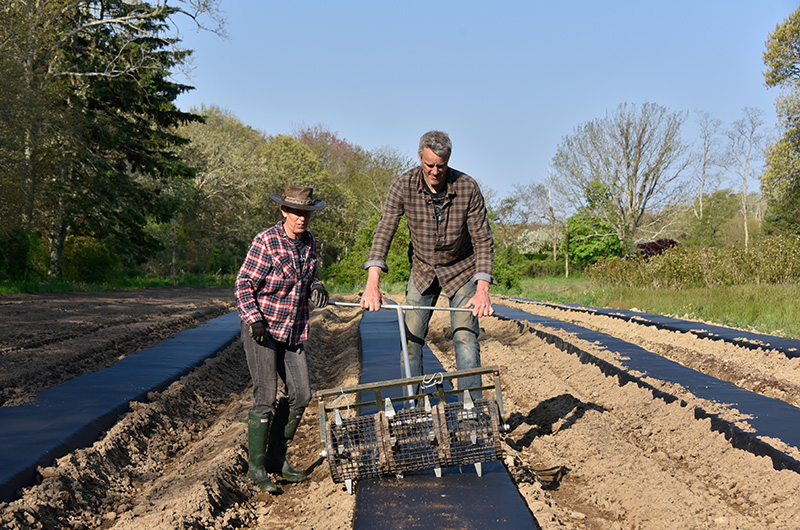



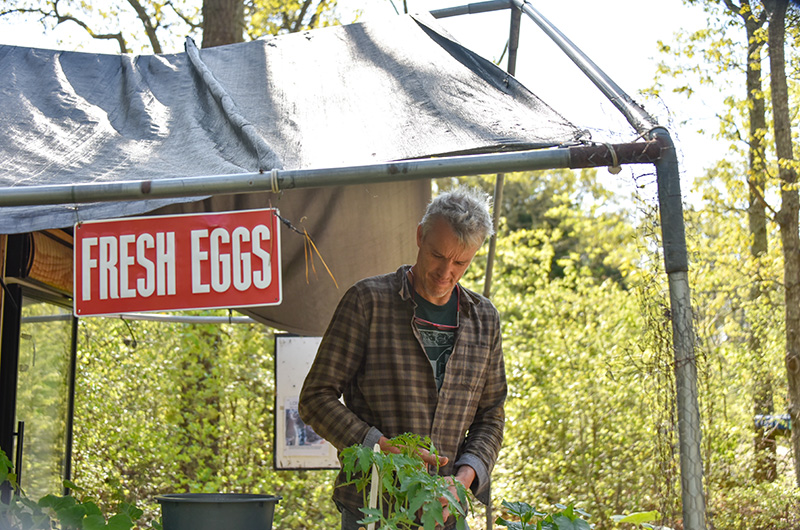
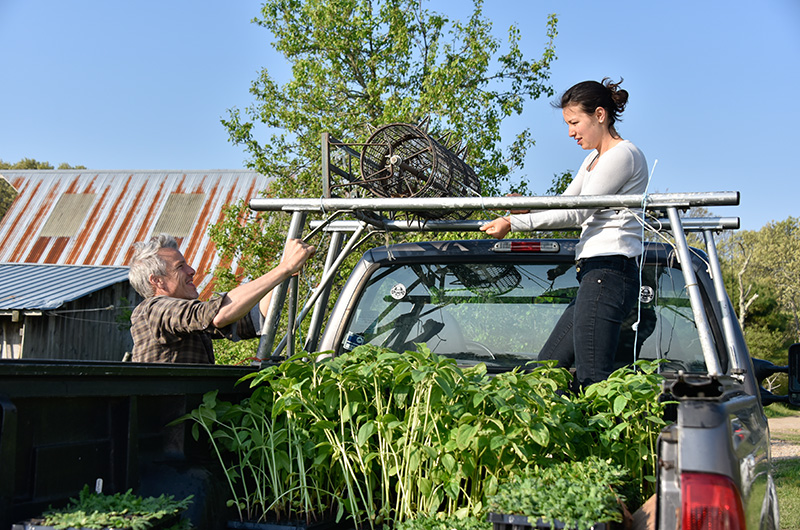
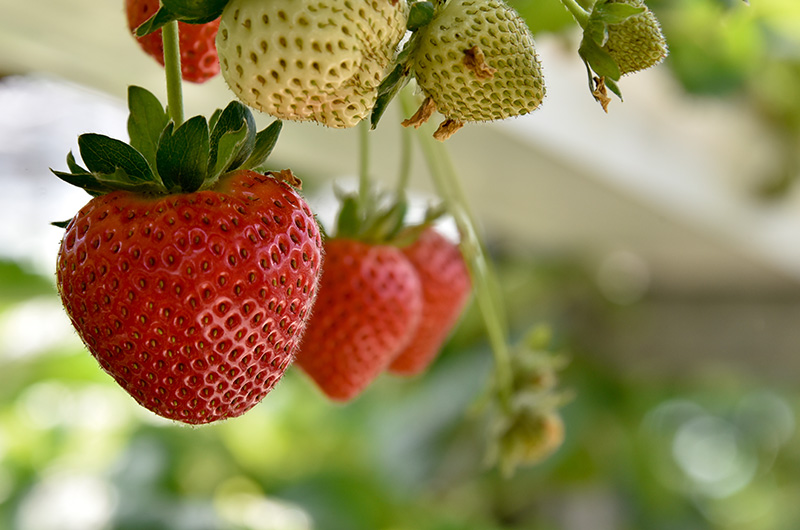





Comments (10)
Comments
Comment policy »